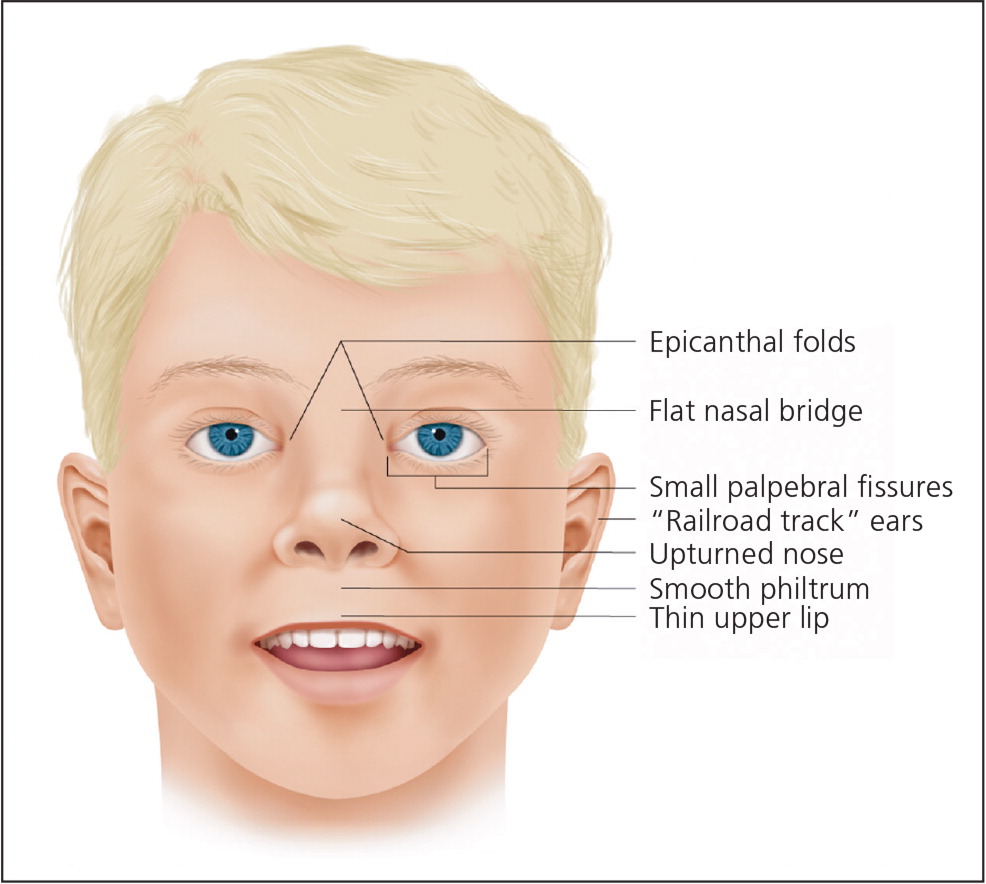dilantin facies
Dilantin Facies: A Summary
Dilantin, or phenytoin, is an anticonvulsant medication commonly used to manage seizures. One of the notable side effects associated with long-term use of phenytoin is the development of "Dilantin facies." This term refers to distinctive facial changes that can occur in patients receiving phenytoin therapy, characterized by the coarsening of facial features, gingival hyperplasia (overgrown gums), and sometimes hirsutism (excessive hair growth) (source: PubMed).
The phenomenon of Dilantin facies is linked to the drug's interaction with specific fibroblasts in the body, leading to the overgrowth of gum tissue and changes in facial appearance. The manifestation of these side effects can be quite pronounced in some patients, often impacting their overall appearance and self-esteem (source: LWW).
In addition to gingival hyperplasia and coarse facies, patients on phenytoin may experience a variety of other skin-related side effects. Research has shown that more than 50% of patients exhibit notable changes in facial features, which may include various skin conditions such as acne (source: ScienceDirect).
Patients and healthcare providers need to be aware of these potential side effects when prescribing phenytoin to manage seizures. Being vigilant can help mitigate the impact of these dermatological changes, which may be significant enough to warrant changing the patient's treatment plan (source: PubMed).
In summary, Dilantin facies is a clinical manifestation associated with phenytoin therapy, illustrating the importance of monitoring patients for cosmetic and dermatological effects while treating them for their underlying neurological conditions.
Sources


Related Questions
Work fast from anywhere
Stay up to date and move work forward with BrutusAI on macOS/iOS/web & android. Download the app today.
